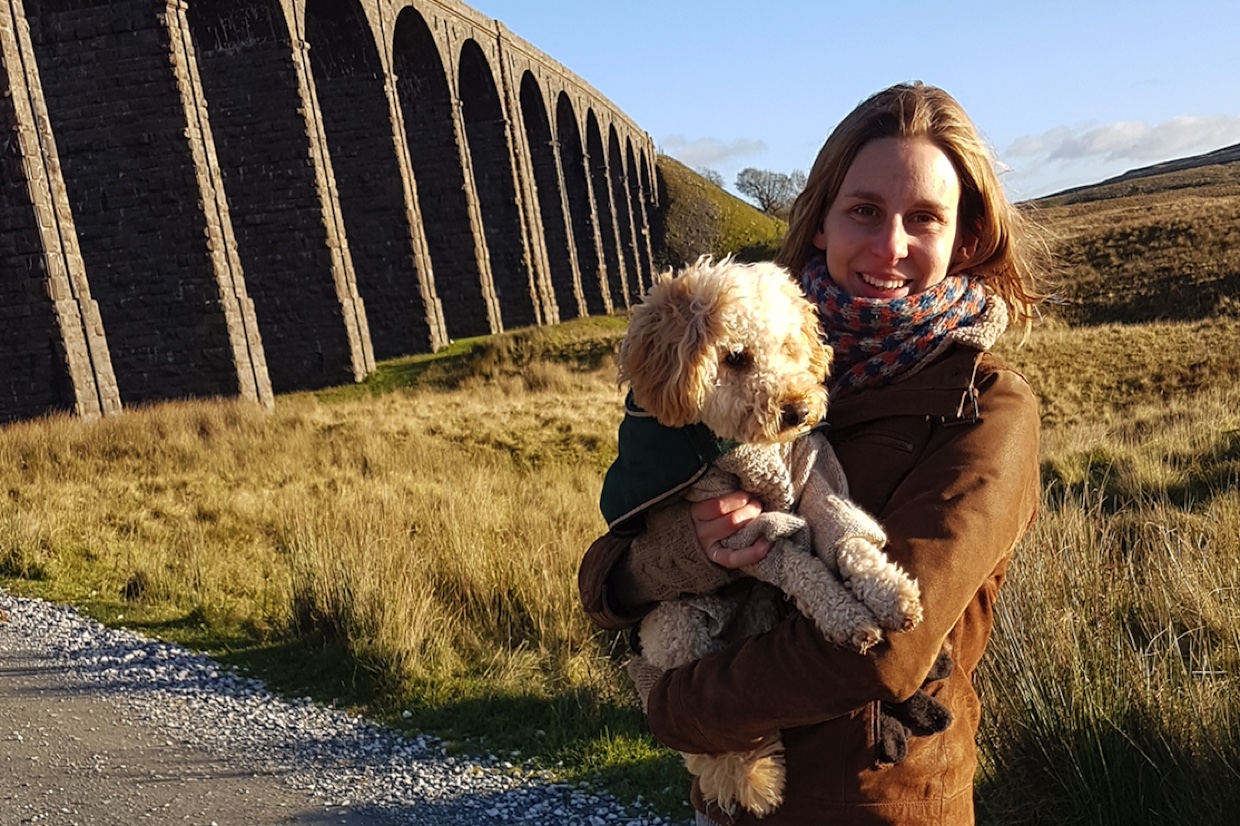What is Our Planet?
Voiced by world-renowned naturalist Sir David Attenborough, Our Planet showcases the world’s most incredible species and at-risk habitats – from vast deserts and African plains, to our deep oceans and icy Artic landscapes.
It is a collaboration between Netflix, Silverback Films – led by Alastair Fothergill and Keith Scholey, who worked on the critically acclaimed Planet Earth and Blue Planet series – and the WWF which offered advice and access to filming locations.
The series presents all all-encompassing view of Earth as a unified ecosystem.
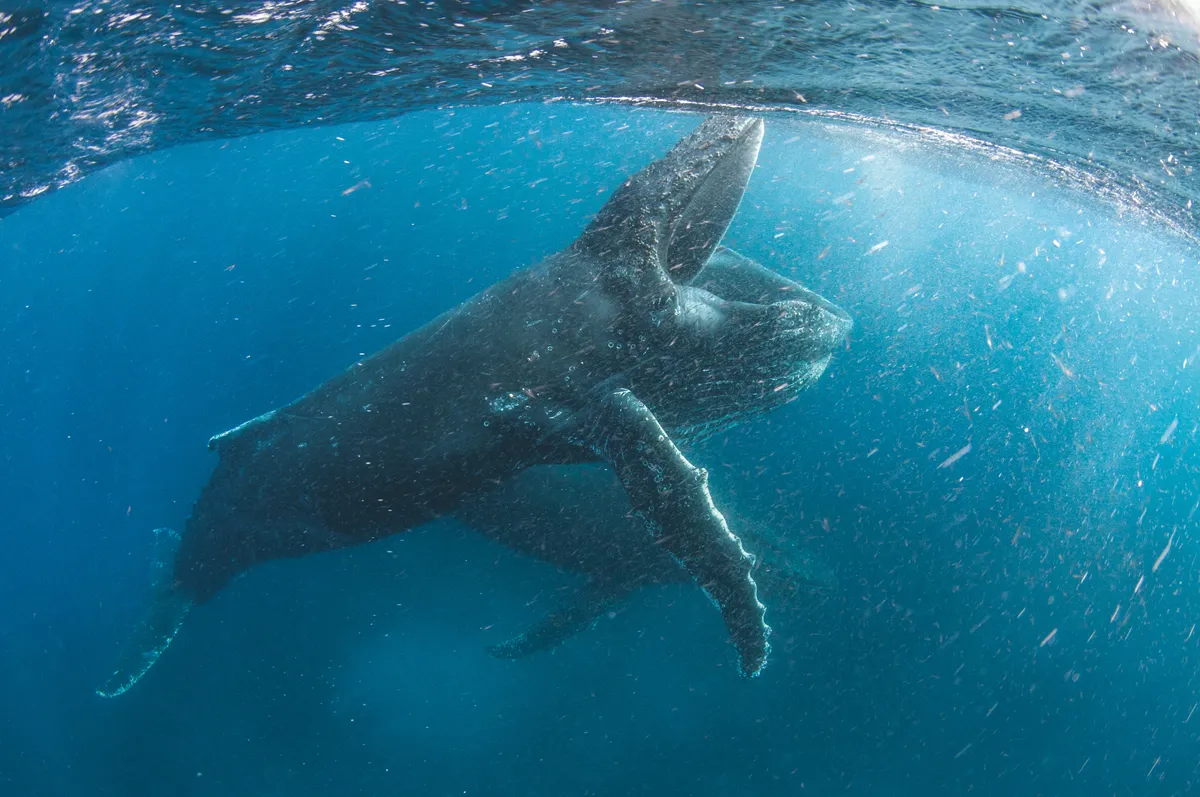
When is Our Planet on Netflix?
The series will be released globally for Netflix users to stream from 5 April 2019.
Watch the trailer for Our Planet:
Why should you watch it?
You might think that there can’t possibly be anything that Planet Earth and other Attenborough documentaries haven’t covered before, but Our Planet is different.
The series presents all all-encompassing view of Earth as a unified ecosystem, with each episode moving seamlessly between interconnecting habitats, unfragmented by geographical borders.
Though at times it lacks a depth of information in its attempt to span the entire planet, as Attenborough states in episode one, its broad aim is to “celebrate the natural wonders that remain, and reveal what we must preserve to ensure people and nature thrive.”
Using the latest camera technology, the team captured incredible footage from a grand total of 50 countries across the world.
Why has it been made?
To highlight to audiences the pressing need to preserve the natural world we have left before it is lost forever. Whilst wildlife film-making has reached its pinnacle, the state of nature has hit rock bottom.
The WWF Living Planet Report 2018 revealed that there has been a shocking 60% decline in populations of mammals, birds, fish, reptiles and amphibians since 1970.
“We’re the first generation to know the full impact of what we’re doing to our planet, and the last that has the chance to do anything about it,” says executive producer and executive director of WWF-UK Colin Butfield. “We’re at a unique moment in our history where we have the chance to put things right and start on the path towards a better future.”
This is where Our Planet comes in. “Partnering with Netflix and WWF gives us the ability to reach and enthuse global audiences with the wonder and importance of the natural world,” says Alastair Fothergill, executive producer of Silverback Films.
Click here to read more about the WWF's Living Planet Report 2018.
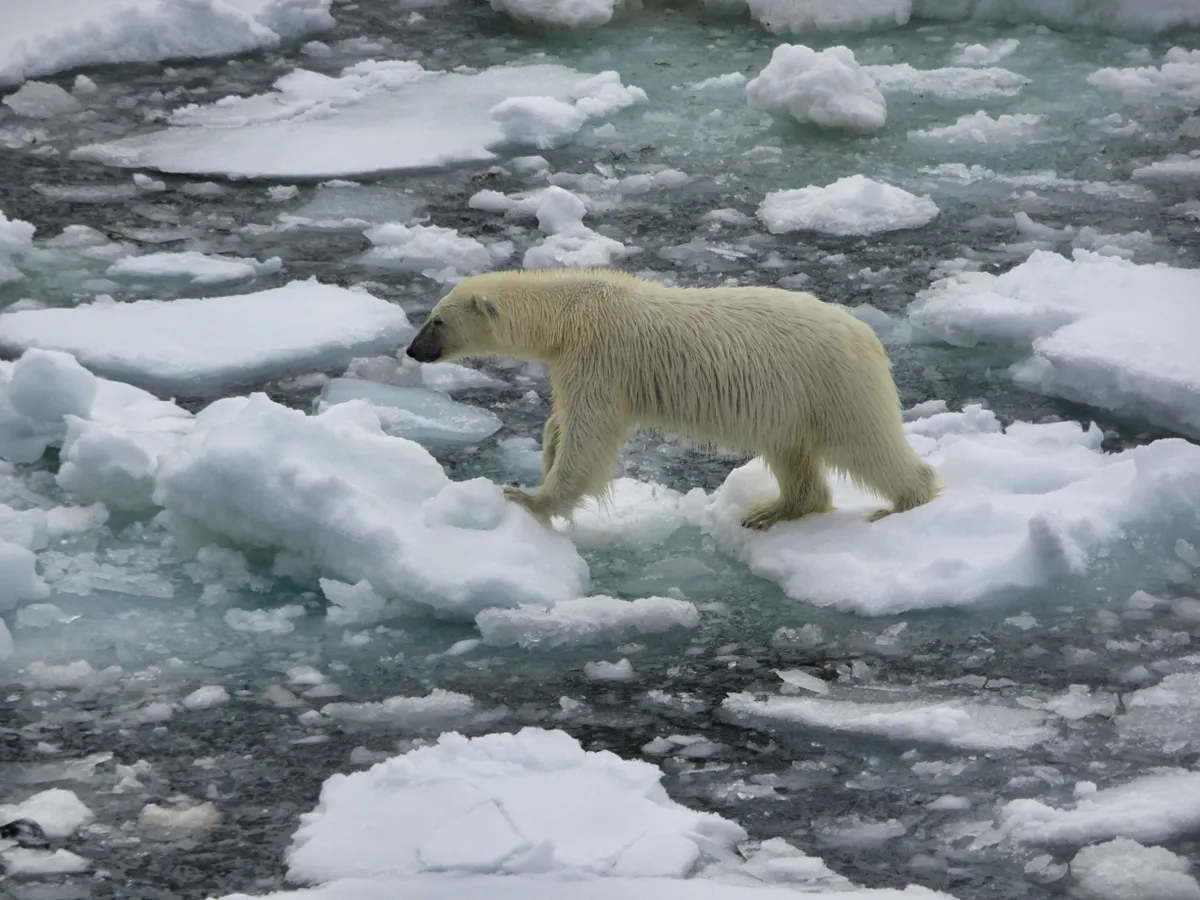
How was it filmed?
The series took over 600 crew members more than 3,500 days to film. Using the latest camera technology, the team captured incredible footage from a grand total of 50 countries across the world, taking viewers into never-before-filmed wilderness areas.
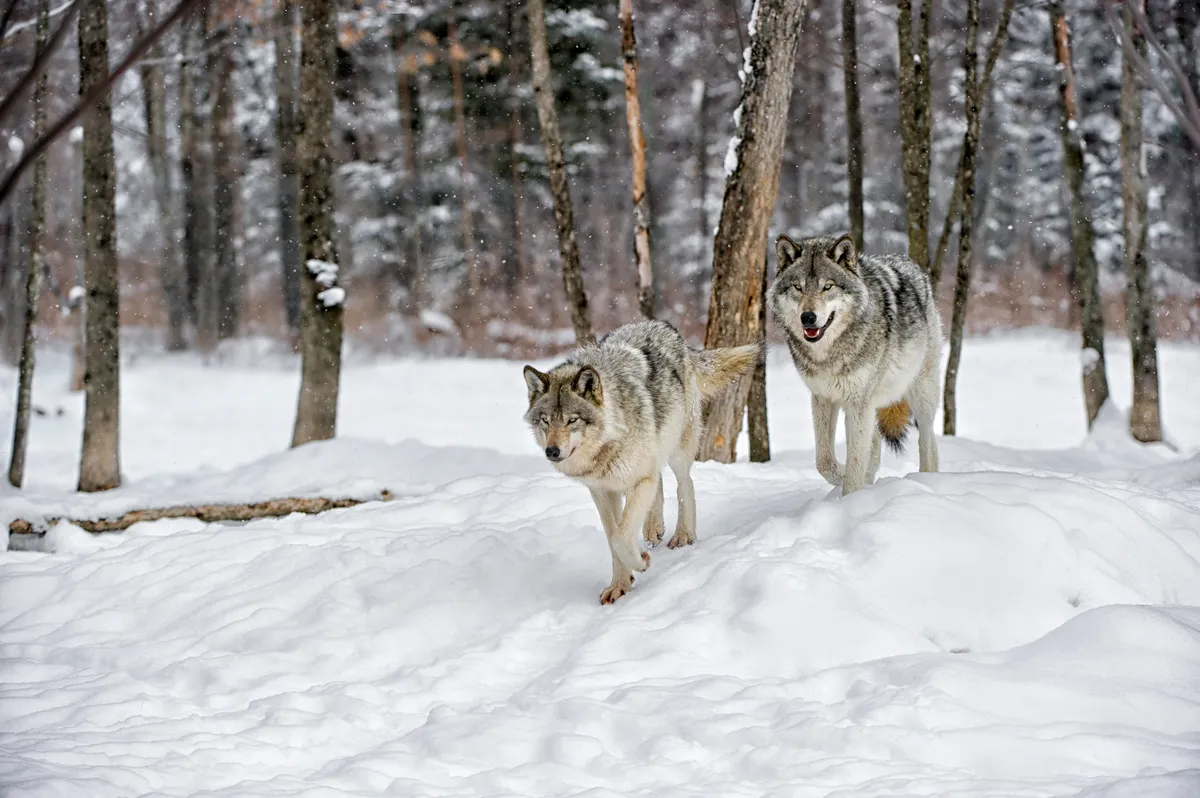
Which animals can I see in episode one?
- Wildebeest
- Manakins (the red-napped, golden-collared and blue species)
- Shearwaters
- Dolphins
- Mackerel
- Flamingos
- Orchid bees
- Caribou
- Wolves
- Polar bears
By putting it on Netflix it becomes possible that overnight you can reach 150 million people, immediately.
Sir David Attenborough
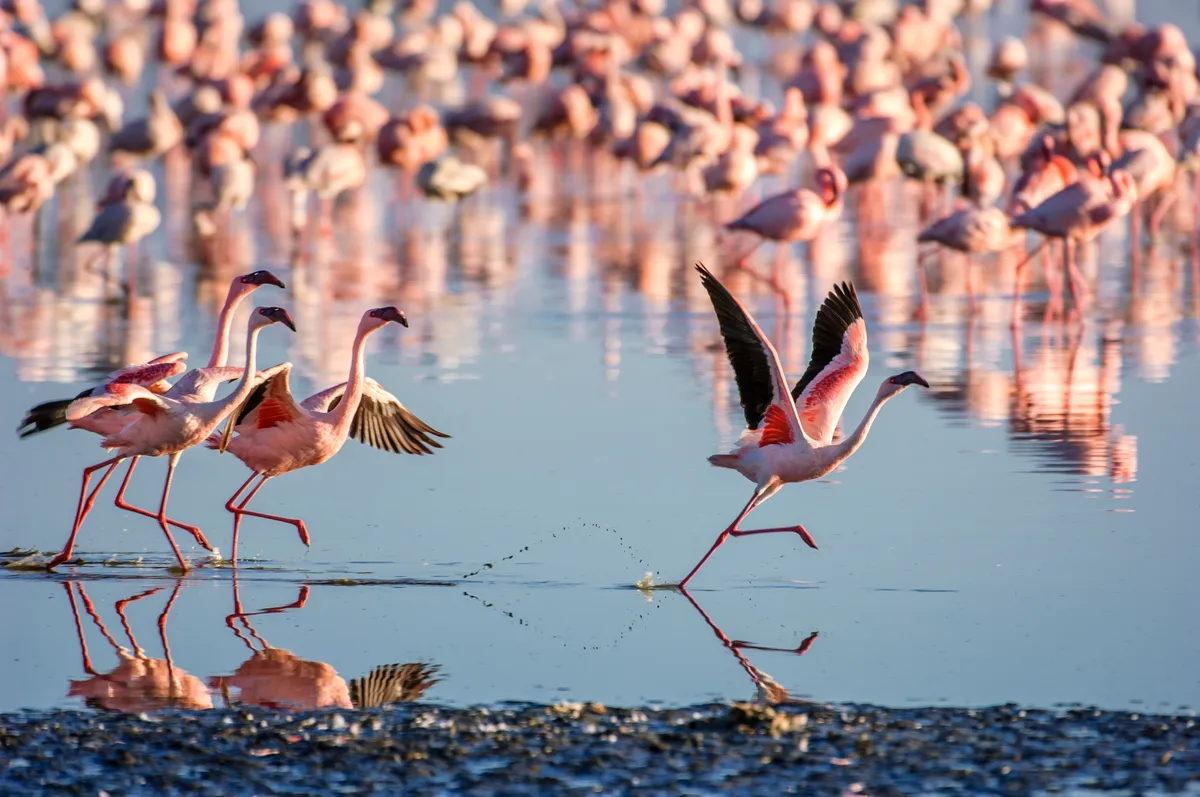
Why Netflix?
Well, according to David Attenborough, “Because the issue has never been more important. And the issue that should be recognised is not just one part of the world, not just Europe, but worldwide. And by putting it on Netflix it becomes possible that overnight you can reach 150 million people, immediately.”

